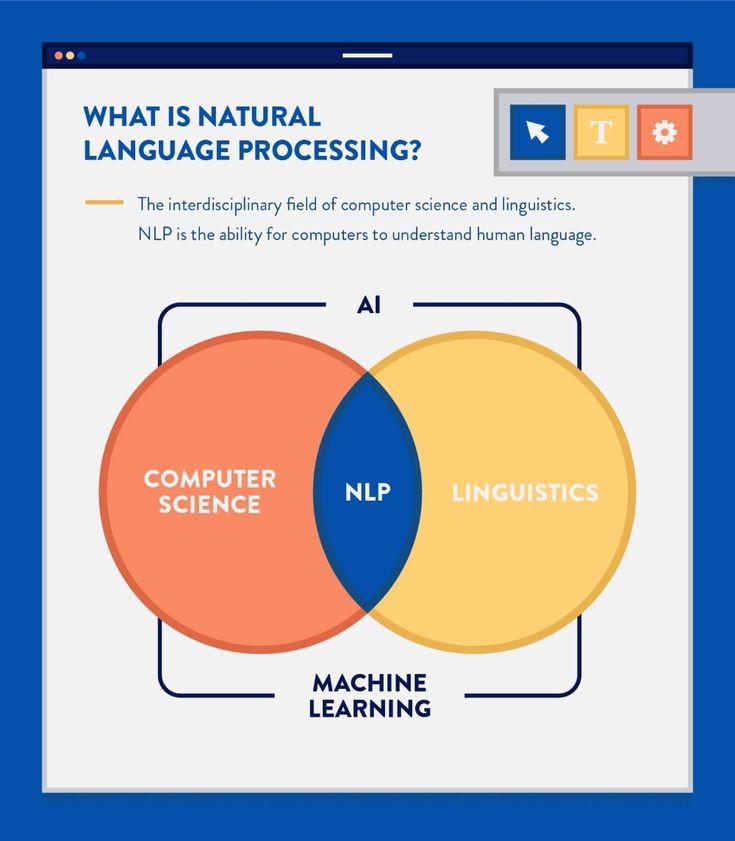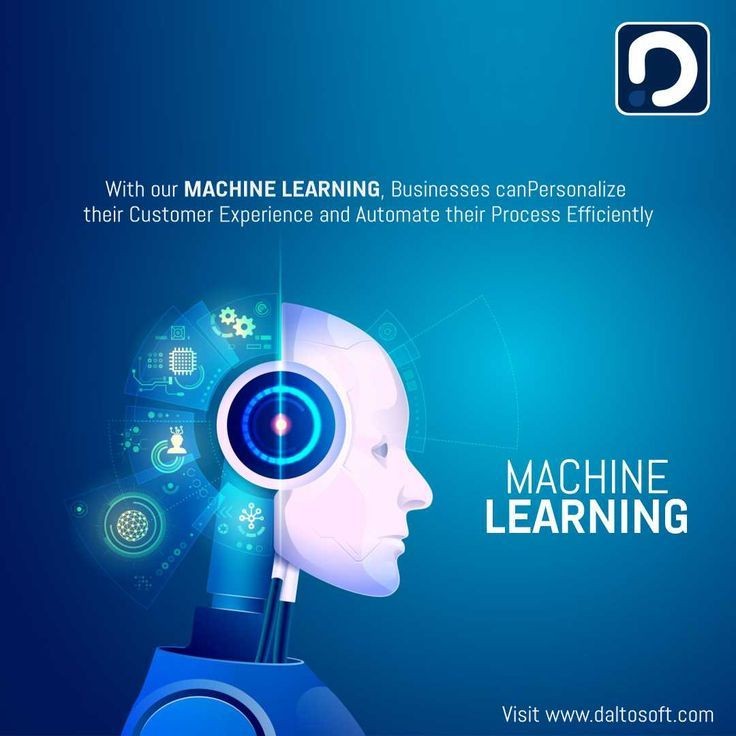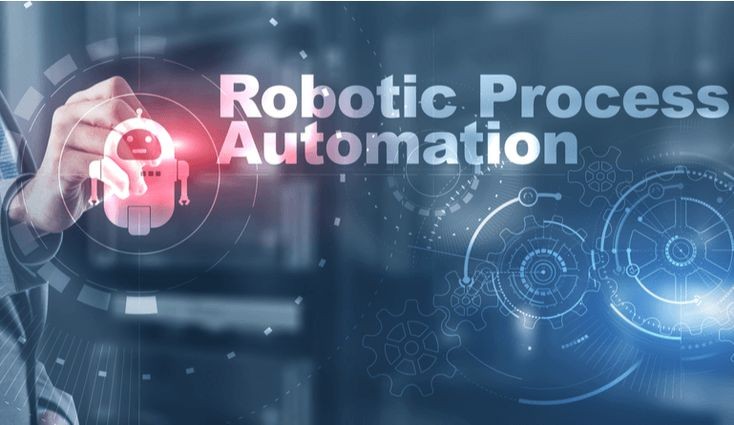5 AI Tools You Must Try

Artificial intelligence (AI) has rapidly become an essential part of many industries, revolutionizing the way businesses operate, and transforming the customer experience. From automation to data analysis, AI tools offer advanced capabilities that can improve productivity, decision-making, and innovation. In this article, we will explore five AI tools that you must try and the benefits they bring to the table.
5 AI tools you must try:
- Natural Language Processing
- Computer Vision Tools
- Chatbot Platforms
- Machine Learning platform
- Robotic Process Automation (RPA)
1. Natural Language Processing (NLP) Tools:

NLP tools enable machines to understand and interpret human language. These tools have gained significant traction, especially in fields like customer support, chatbots, and sentiment analysis. One popular NLP tool is the Natural Language Toolkit (NLTK), which provides a wide range of algorithms and resources for text analysis and processing. NLTK helps in tasks such as tokenization, stemming, part-of-speech tagging, and sentiment analysis.
Another powerful NLP tool is Stanford's CoreNLP, which offers comprehensive support for NLP tasks like named entity recognition, parsing, and sentiment analysis. The benefits of NLP tools include improved customer service by automating responses, more accurate sentiment analysis for understanding customer feedback, and efficient text processing for content creation.
2. Computer Vision Tools:
Computer vision tools enable machines to understand and interpret visual information, such as images and videos. These tools have various applications across industries, including object detection, image classification, facial recognition, and video analytics. OpenCV (Open Source Computer Vision Library) is a widely used computer vision tool that provides a rich collection of algorithms and functions for image and video processing. It allows developers to create applications that can perform tasks like object tracking, face detection, and image enhancement.
The benefits of computer vision tools include enhanced security through facial recognition, automated quality control processes in manufacturing, and improved accessibility for visually impaired individuals.
3. Chatbot Platforms:
READ ALSO » Top 7 Crop Pests You Must Know As A Farmer
Chatbots have become increasingly popular in customer service and support. These AI-powered conversational agents can understand and respond to user queries in a human-like manner. One widely used chatbot platform is Dialogflow, which allows developers to build and deploy conversational agents for various platforms, including websites, messaging apps, and voice assistants. Dialogflow offers features like intent recognition, context handling, and multi-language support. The benefits of chatbot platforms include 24/7 customer support, improved response times, and reduced customer service costs.
4. Machine Learning Platforms:

Machine learning (ML) platforms provide tools and frameworks that enable developers to build, train, and deploy ML models. These platforms simplify the process of developing ML algorithms and models, even for those without extensive ML expertise. TensorFlow, developed by Google, is a popular open-source ML platform that offers a comprehensive ecosystem for building and deploying ML models. It supports various tasks, such as image recognition, natural language processing, and time-series forecasting. Another notable ML platform is PyTorch, which provides a dynamic computation graph and a user-friendly API for building and training ML models.
The benefits of machine learning platforms include faster model development and deployment, improved accuracy and performance through model optimizations, and efficient resource management.
5. Robotic Process Automation (RPA) Tools:

RPA tools automate repetitive and rule-based tasks by mimicking human interactions with software systems. These tools excel in automating tasks like data entry, form filling, and report generation. UiPath is a leading RPA tool that offers a visual, drag-and-drop interface for creating automation workflows. It provides a wide range of activities, including screen scraping, data extraction, and process automation. Another popular RPA tool is Automation Anywhere, which offers a user-friendly interface and features like recording and playback of actions, as well as integration with cognitive services like NLP and machine learning. The benefits of RPA tools include increased productivity by automating mundane tasks, reduced manual errors, and improved scalability and efficiency.
